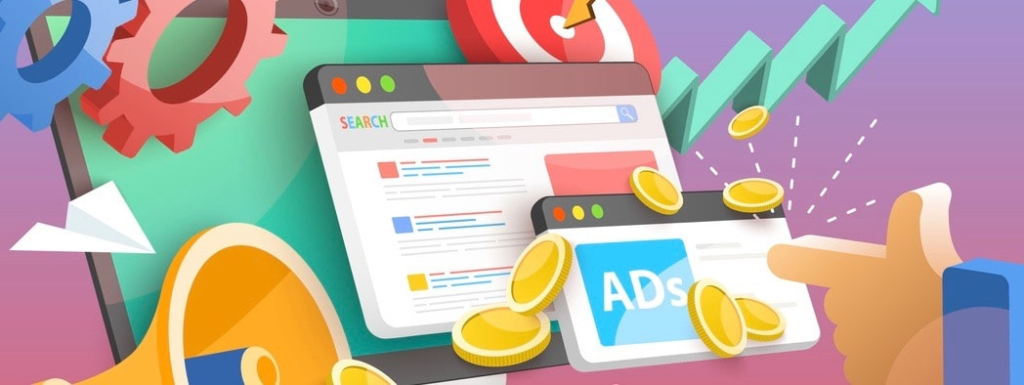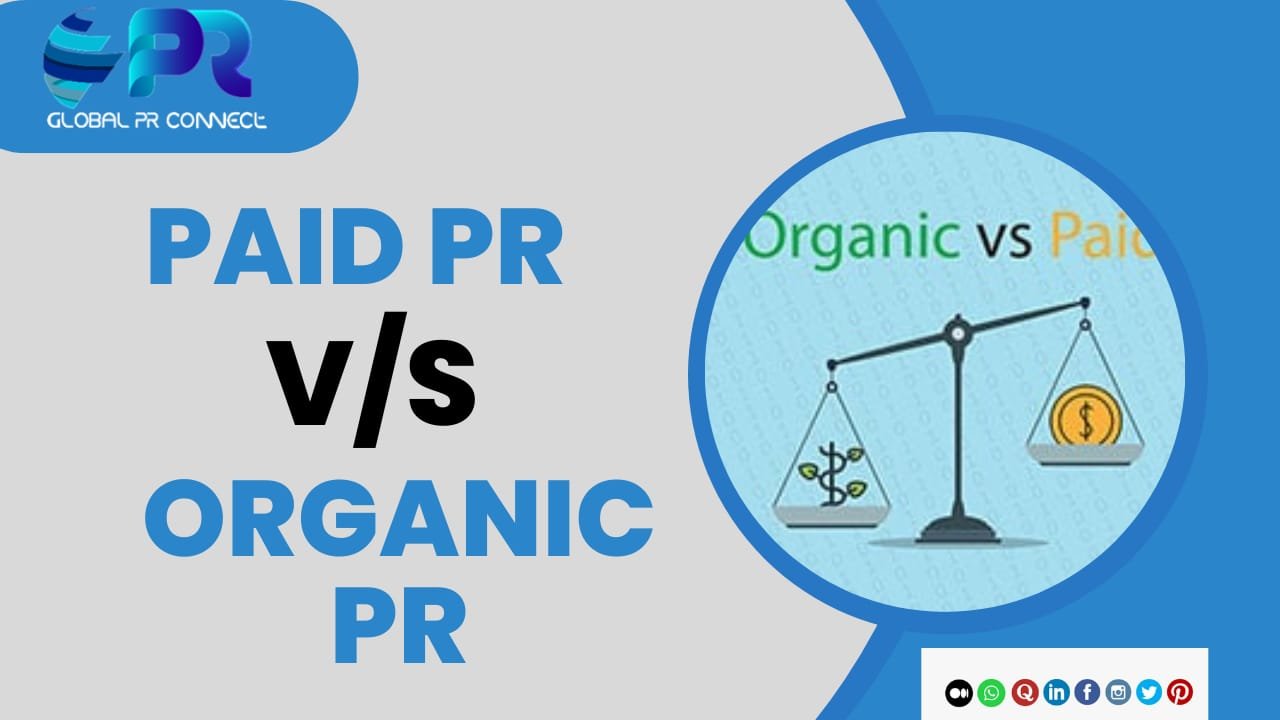Public relations have now become an important element in the present competitive marketplace for brand images and gaining credibility in building trust. In terms of organic and paid PR strategies, businesses often cross their roads at which decision to make: pay PR or just use organic PR? Both styles have pros and cons depending on what your brand is trying to do, how much it has to spend, and how quickly it needs it to be done. Let’s find out which one works best for you.
What is Paid PR?

It’s a plan in which a business will pay for media coverage, ads, placements in sponsored content, influencer partnerships, and the like. This kind of communications strategy allows the brands to dictate the narrative, assures access to the target audience, and guarantees immediate buzz.
Key Characteristics:
Control Over Content: With this, you can decide how your message is presented. You have control over the timing, format, and messaging.
Instant Visibility: It guarantees placements, providing immediate exposure to your target audience.
Targeted Reach: Paid campaigns allow you to reach specific demographics, ensuring your message is seen by the right people.
Guaranteed Results: Since you’re paying for placements, you have a guaranteed level of visibility and engagement.
Examples:
- Sponsored articles on leading news websites.
- Paid influencer partnerships to promote your product or service.
- Paid press releases distributed through media outlets.
Pros:
Faster Results: It can quickly raise brand awareness and drive traffic to your website.
Customization: You can tailor your message to fit the platform and target audience precisely.
Scalability: With the right budget, paid PR campaigns can reach a broad audience across multiple platforms.
Cons:
Costly: Paid placements and partnerships can be expensive, making it less accessible for small businesses.
Short-Lived: Once the campaign ends, the buzz and attention often die down quickly.
Potential for Mistrust: Consumers may view paid placements as less authentic, leading to skepticism about your brand’s message.
What is Organic PR?

Organic PR may include earned media coverage through organic efforts like media outreach, press releases, brand storytelling, and community engagement. However, it is not guaranteed. It relies on the credibility and reputation of your brand.
KNOW MORE– https://bharatiashank1996.medium.com/organic-prs-public-relations-made-natural-252383a0028d
Key Characteristics:
Authentic Exposure: It is earned through trust and credibility, which resonates more with audiences.
Long-Term Relationships: Organic efforts focus on building meaningful, long-lasting relationships with journalists, influencers, and consumers.
Sustainable Growth: It can create a lasting impact, as earned media often leads to continuous coverage.
Examples:
- Unpaid media coverage based on a compelling press release or event.
- Product reviews by journalists or influencers who genuinely like your product.
- Word-of-mouth recommendations and user-generated content.
Pros:
Cost-Effective: Since you’re not paying for coverage, it can be more budget-friendly in the long run.
Credibility: Earned media often carries more weight with audiences, building trust and authority over time.
Longevity: A well-executed PR strategy can result in ongoing media coverage and public interest.
Cons:
Time-Consuming: It can take months or even years to build the relationships and credibility needed for consistent organic coverage.
Unpredictable: There’s no guarantee that your efforts will result in media attention or consumer engagement.
Limited Control: With this, you have less control over how your message is presented and where it’s featured.
Paid PR vs. Organic PR: Which Should You Choose?

Choosing between paid PR and organic PR depends on several factors, including your brand’s goals, timeline, and budget.
If You Need Immediate Results: Paid PR is ideal if you want quick exposure, especially during product launches, events, or promotional campaigns. It allows you to reach a broad audience in a short amount of time.
If You Want Long-Term Growth: Organic PR is perfect for brands that are focused on building lasting relationships and credibility. While it may take time to see results, the trust earned through organic efforts can have a lasting impact.
For Smaller Budgets: Organic PR is a better option for businesses with limited budgets. Although it requires more effort and patience, the cost savings and long-term benefits are worth it.
For a Balanced Approach: Many brands choose to combine both paid and organic PR strategies. For instance, you can use paid PR to generate buzz around a product launch while simultaneously working on organic media outreach to build long-term relationships and coverage.
Conclusion
Both have their place in a well-rounded marketing and communication campaign. Paid PR allows for immediate visibility and control of the message, while organic PR fosters trust, credibility, and long-term relationships. Ideally, using both to your advantage can help your brand experience both short-term victory and long-term expansion
Stay updated with our latest insights and PR strategies—follow us on LinkedIn for more!
Dive into more articles and insights on PR—read more here.
 Skip to content
Skip to content 